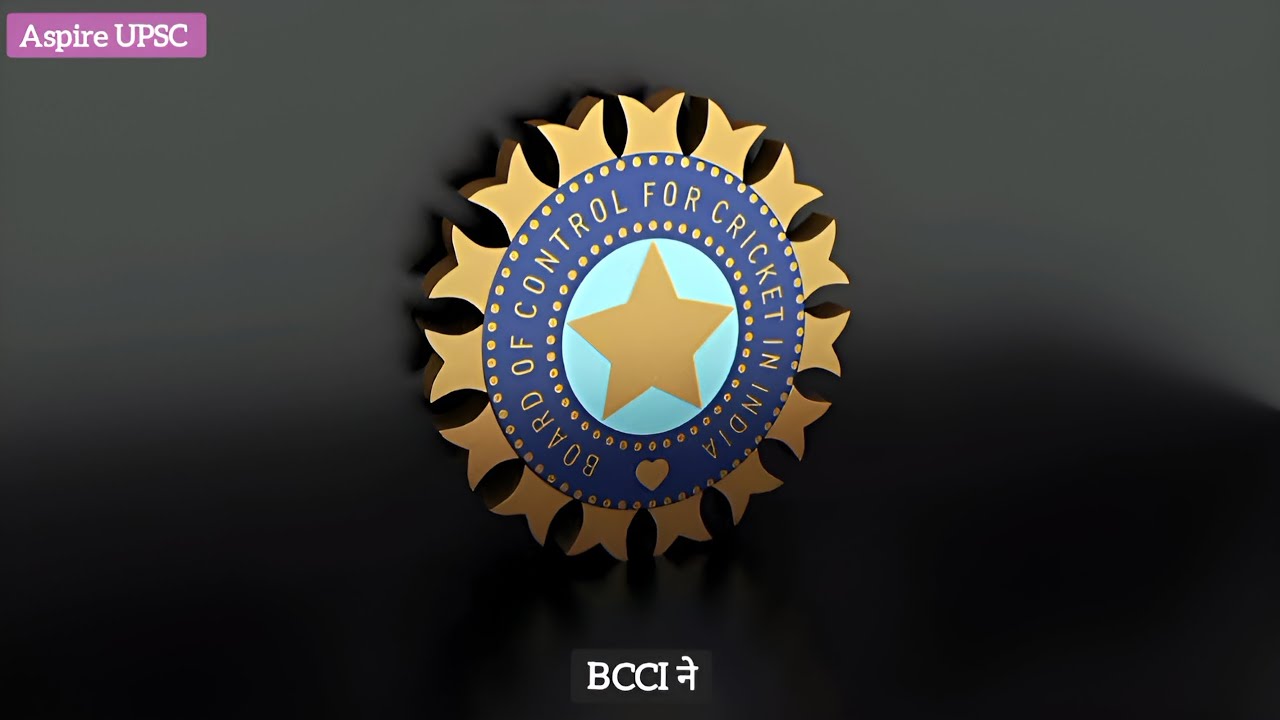The Board of Control for Cricket in India (BCCI), the undisputed powerhouse of global cricket, recently concluded its Annual General Meeting (AGM) with a series of pivotal decisions set to recalibrate the administrative and developmental trajectory of Indian cricket. These pronouncements, ranging from significant appointments to groundbreaking policy alterations, underscore a clear intent: to fortify the sport`s infrastructure from the grassroots to the international arena, ensuring both continuity and innovation.
New Faces in Key Selection Roles: A Blend of Experience and Insight
Perhaps the most anticipated announcements revolved around the various selection committees. For the coveted men`s national team selection committee, two familiar names from India`s cricketing past have been inducted: former left-arm spinner Pragyan Ojha and fast bowler RP Singh. Both bring a wealth of international experience, having represented the nation with distinction. Their inclusion suggests a strategic move to infuse the selection process with insights directly from individuals who have navigated the pressures of elite-level cricket. One might surmise that the journey from the pitch to the selection table is a familiar rite of passage, offering a distinct vantage point on player temperament and technical prowess – or, perhaps, simply a well-trodden path for those with an enduring commitment to the game`s administrative facets.
The women`s selection committee also witnessed a substantial restructuring, signalling the BCCI`s renewed focus on promoting women`s cricket. Delhi`s Amita Sharma has been appointed chairperson, a crucial leadership role. She will be joined by Mumbai`s Sulakshana Naik, Hyderabad`s Shravanti Naidu, Shyama Dey, and Jaya Sharma. This diverse panel is tasked with identifying and nurturing talent for the national women`s team, a critical endeavour as the Women`s Premier League (WPL) continues to elevate the sport`s profile.
Furthermore, the junior selection panel will now be chaired by S Sharath, who transitions from the senior panel, bringing continuity and experience to the vital task of identifying India`s future cricketing stars at a formative age.
Administrative Continuity: The BCCI`s Unopposed Leadership
In a display of apparent consensus, the BCCI saw its key office bearers elected unopposed. Mithun Manhas has been confirmed as the BCCI President, signifying a new era at the helm. Rajeev Shukla assumes the role of Vice President, providing seasoned counsel, while Raghuram Bhat takes charge as Treasurer, overseeing the financial health of the world`s richest cricket board. Devajit Saikia will continue his tenure as Secretary, ensuring administrative stability, and Prabhtej Bhatia joins as Joint-Secretary. This smooth transition at the leadership level points towards a cohesive approach to governance, aiming to maintain the organization`s formidable operational momentum.
Further structural appointments include Jayesh George as the Chairperson for the WPL Committee, reflecting the league`s growing importance, and Rohan Jaitley leading the Infrastructure Committee, a testament to the ongoing need for world-class facilities across the nation.
A Landmark Policy for Young Talent: IPL Entry Redefined
Perhaps the most impactful decision emerging from the AGM is a new stipulation concerning young players and the Indian Premier League (IPL). The BCCI has decreed that an Under-16 player cannot participate in the IPL unless they have represented their state in the Ranji Trophy for at least one game. This policy introduces a significant hurdle – or, rather, a mandatory stepping stone – for aspiring young cricketers dreaming of the IPL`s glitz and glamour.
This rather clever stipulation appears designed to remind budding superstars that before one can smash sixes under floodlights, one must first learn to toil under the unforgiving sun of domestic cricket. It`s a subtle nod to tradition, or perhaps a pragmatic gatekeeping mechanism, ensuring a foundational cricketing education precedes commercial stardom.
The implications of this rule are multifaceted. It unequivocally elevates the importance of the Ranji Trophy, India`s premier first-class competition, placing it as a mandatory precursor for direct IPL entry for the youngest talents. This could foster a more robust domestic structure, encouraging players to prioritize multi-day cricket, develop broader skill sets, and gain invaluable experience in longer formats before transitioning to the T20 league. It also aims to prevent premature specialization and potential burnout, safeguarding the long-term development of prodigies who might otherwise be rushed into the high-pressure environment of the IPL based solely on fleeting T20 prowess.
Looking Ahead: A Strategic Blueprint for Indian Cricket
The recent BCCI AGM has laid down a clear strategic blueprint for Indian cricket`s immediate future. By integrating experienced former players into selection processes, ensuring administrative stability with a blend of continuity and fresh leadership, and implementing a significant policy that re-emphasizes the foundational value of first-class cricket, the board aims to cultivate a resilient, high-performing cricketing ecosystem. These decisions collectively reflect a commitment to sustainable growth, ensuring that the pipeline of talent remains robust and that the sport continues to thrive at every level, from the local club to the international stage.

